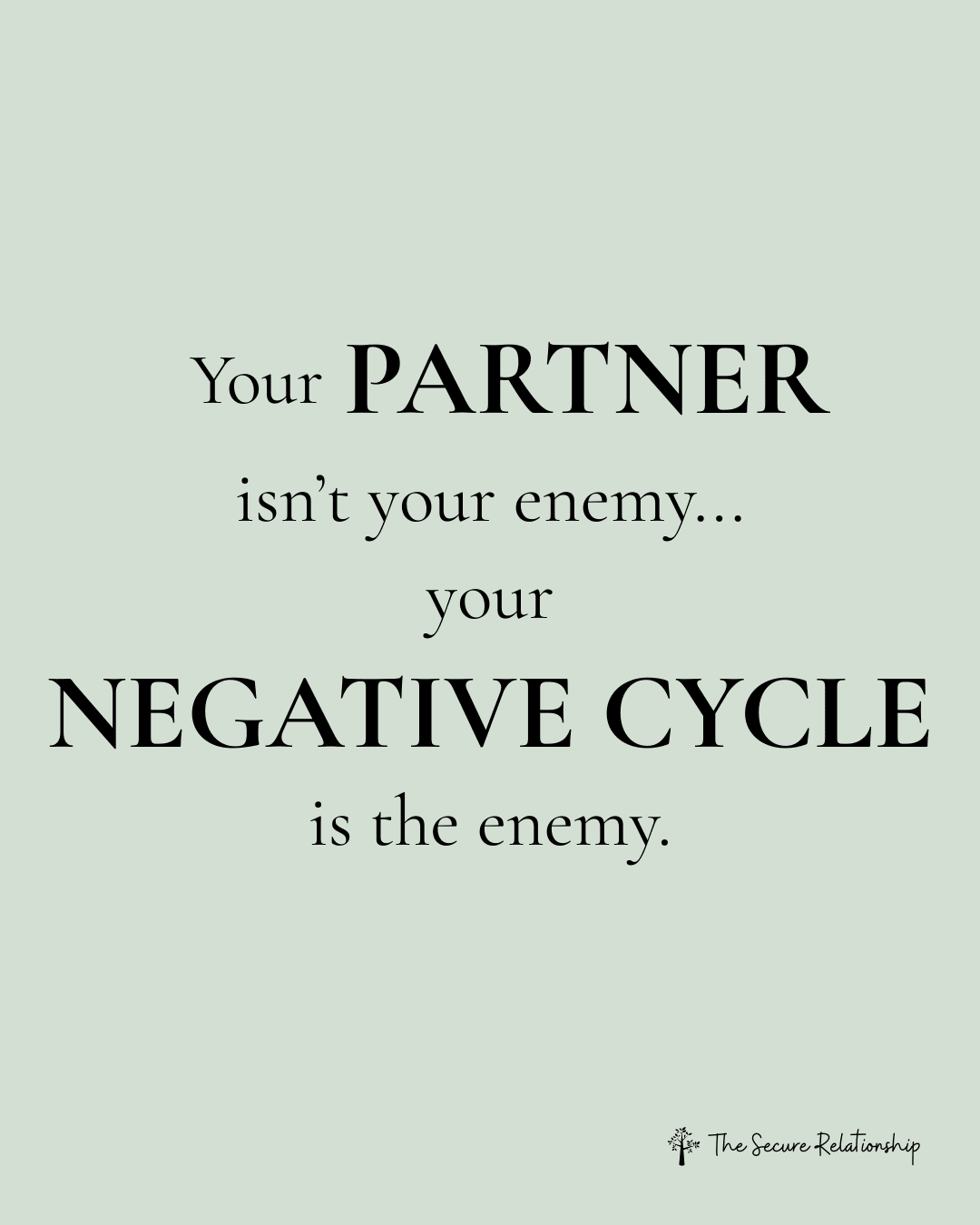I’d like to better understand…
Attachment Based Relationship Tips
Looking to strengthen your relationship? Our blog offers expert relationship tips rooted in attachment theory and Emotionally Focused Therapy. Learn how to identify your attachment style, communicate more effectively, and foster emotional safety with your partner. From overcoming conflict to building deeper trust, our practical advice and tools, created by couples therapist Julie Menanno, are designed to help you move toward a secure and fulfilling connection. Dive in and start transforming your relationships today!
Chapter 2 of Secure Love: Understanding Attachment Theory in Relationships
In this week’s Secure Love Book Club, I guide you through Chapter 2, where we unpack the fundamentals of attachment theory and how it affects your ability to feel safe, seen, and connected in romantic relationships.
How Personal Anxiety Can Impact Your Relationship
Trying to control your environment—like keeping a spotless house—can sometimes be a way to manage inner anxiety caused by relationship disconnection. But when that strategy backfires, it can create more of the very disconnection you’re trying to avoid. This post explores how personal anxiety shows up in relationships, and how couples can break the cycle.
Your Partner Isn’t the Enemy—Your Negative Cycle Is
In emotionally stuck relationships, your partner isn’t the enemy. The negative cycle is. Learn how to identify the cycle, understand each other’s roles, and begin the process of healing.
Secure Love Book Club – Chapter One: The Problem Beneath the Problem
In this first meeting of the Secure Love Book Club, Julie Menanno introduces the foundation of her book and dives into Chapter One, helping participants understand how negative cycles erode connection and how we can begin to heal by recognizing the deeper pain underneath conflict.
Attachment-Friendly Boundaries Sound Like This
Secure relationships are built on mutual respect and emotional safety. These examples of attachment-friendly boundaries show how to protect connection while still speaking your truth.
Coping With Ghosting
Should you get back together with the person who ghosted you? How can you build a secure relationship after being ghosted?
How to Get Through a Breakup
Healing after a breakup isn’t easy—but it’s possible. Learn how to face the pain, let go with intention, and build emotional resilience as you move through the process.
How to Be Emotionally Available – Part Four: Emotional Presence
Emotional presence is the ability to join someone in their feelings without losing yourself in the process. When practiced consistently, it deepens connection and builds trust.
How to Be Emotionally Available – Part Three: Emotional Attunement
When your partner is upset, they don’t always need a solution. Sometimes, what they need most is to know you’re with them in it. That’s emotional attunement—and it can change everything.
How to Be Emotionally Available – Part Two: Authenticity
If you’re not showing up, there’s none of you to connect with. Authenticity is the foundation of emotional availability—and it's something you can learn.
How to Be Emotionally Available – Part One: Emotional Validation
Emotional validation isn’t about agreeing with your partner—it’s about showing them that their feelings matter. And when it comes to emotional availability, few things are more powerful.
Tips for Preventing the Negative Cycle When Discussing a Difficult Topic
Tough conversations can easily spiral into disconnection when couples fall into the negative cycle. But it doesn’t have to go that way. These tips can help you communicate better, create emotional safety, and stay connected even when things get hard.
What Is Vulnerability—and Why Does It Matter?
Vulnerability is the foundation of connection—and without it, relationships stay surface-level. But when you've learned to hide, overshare, or shut down, it can feel impossible to get it right. Here’s how to begin.
The Negative Cycle: Part Six – Putting It All Together
The real enemy in your relationship isn’t your partner—it’s the negative cycle you both get caught in. When you understand how it works, you can work together to step out of it and reconnect.
The Negative Cycle: Part Five – Examining the Next Trigger of the Avoidant Partner
It may look like the avoidant partner doesn’t care, but in reality, they’re overwhelmed. When conflict escalates, their instinct is to shut down—not to hurt their partner, but to protect themselves.
The Negative Cycle: Part Four – Examining the Next Trigger of the Anxious Partner
When anxious partners feel dismissed, they often double down in protest. It’s not about control—it’s about emotional survival and the fear of being too much to love.
The Negative Cycle: Part Three – Examining the Trigger of the Avoidant Partner
Avoidant partners aren’t trying to push love away—they’re trying to avoid the shame, fear, and overwhelm of feeling like they’re never enough. Here’s what’s happening beneath the shutdown.
The Negative Cycle: Part Two – Examining the Trigger
The anxious partner in a negative cycle isn’t just “overreacting”—they’re fighting to feel seen, heard, and emotionally safe. Here’s what’s happening beneath the surface.
The Negative Cycle: Part One – What Is the Negative Cycle?
The negative cycle is the real enemy in many relationships. It’s not about who left socks on the floor—it’s about how that moment touches deeper fears, needs, and emotions that create disconnection.
What to Do Instead
When your partner shares a concern, like spending habits, it can be tempting to shut down, deflect, or fight back. But emotional safety comes from staying engaged, validating each other, and communicating with clarity.

























In this session, we explore what it really means to “expect too much” in a relationship. Julie talks about how sometimes, without realizing it, we lean too heavily on our partner to manage emotions we haven’t yet learned to hold ourselves. This can show up as constant venting, needing endless reassurance, or expecting our partner to join us in unhealthy ways of coping.... like over controlling, avoiding, or shutting down.